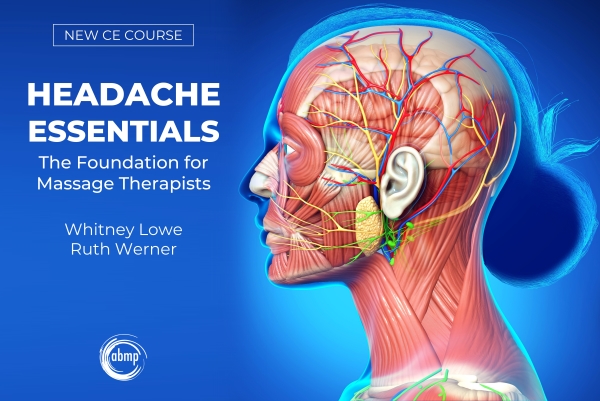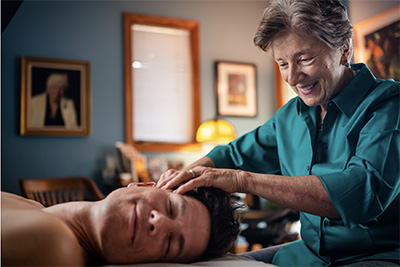
The following blog post is sponsored by the Dr. Ida Rolf Institute.
Why did you become a Rolfer®? In 1989, I became an LMT and discovered it was an incredibly rewarding profession. I discovered my natural aptitude for easing pain and injury, especially for people with complicated cases. Since I focus on cause versus symptom, I questioned why anyone needed ongoing care. Even MFR and NMT training didn’t yield the lasting outcomes I believed were possible.
I recognized it was my responsibility to up my game with more education. I researched acupuncture and physical therapy, but neither was exactly right. After investigating the Dr. Ida Rolf Institute (DIRI)—the only program teaching the method developed by Dr. Ida Rolf—I realized this was my path. My education and experience made me eligible for the abbreviated training program. After negotiating logistics, I attended and graduated in 2001. What I learned at DIRI left all my massage education in the dust; like I’d received a master’s degree in bodywork. This continues to be absolutely one of the most rewarding decisions of my life.
Are there advantages of being a Rolfer? I see three categories crucial to being a successful bodyworker: Being skillful, which attracts and keeps clients; staying healthy to continue practicing; and earning enough to support ourselves.
Rolfing is the magic formula for all three.
Rolfing results are different because Rolfing is structural integration, not a type of massage. Rolfing uniquely addresses structure and function in movement and gravity, based entirely on root causes. Pain reduction and injury recovery are merely side effects of establishing greater balance in the body. Clients routinely report transformational and long-lasting results (frequently permanent), including pain reduction, increased range of motion, better posture and performance, and quicker recovery time (even after future injuries).
Rolfers are regarded as advanced practitioners, delivering better and faster results; consequently, people seek out Rolfing by name, making marketing easier. Only DIRI members can legally use the service marks (Rolfer, Rolfing) and logo, which are so valuable that other practitioners claim their treatments are “like Rolfing.” Rolfers have less competition than LMTs, making it easier to stay booked. I previously competed with dozens of LMTs in my zip code, but there are only about 20 other Rolfers in my city, and I’m still booked for 6–8 weeks in advance.
Since the physical work of Rolfing is easier on my body than massage, I’m still in practice. At age 57, I consistently see 18–20 people a week for 90-minute sessions.
Are you happy you became a Rolfer? I have the best job in the world. I have the honor of facilitating permanent and long-term improvements in pain, range of motion, and endurance, so that people live better, whether playing with their kids or playing a sport. Rolfing has allowed me to support myself and my family, and to learn and grow as a practitioner (and human) in ways I could not have predicted. I’m grateful that I invested in my future over 20 years ago, since I’m living in that future now.
To learn more, visit rolf.org.

Jenny Rock, LMT, Certified Advanced Rolfer
Rolfing® designates the Dr. Ida Rolf Institute’s brand of structural integration, the discipline developed by the late Ida P. Rolf, PhD. While the Rolf Institute is Dr. Rolf’s original school of structural
integration, it is now one of many schools of structural integration; and Rolfing® structural integration designates the practice of structural integration by graduate members of the Rolf Institute, who are licensed to use its service marks.


